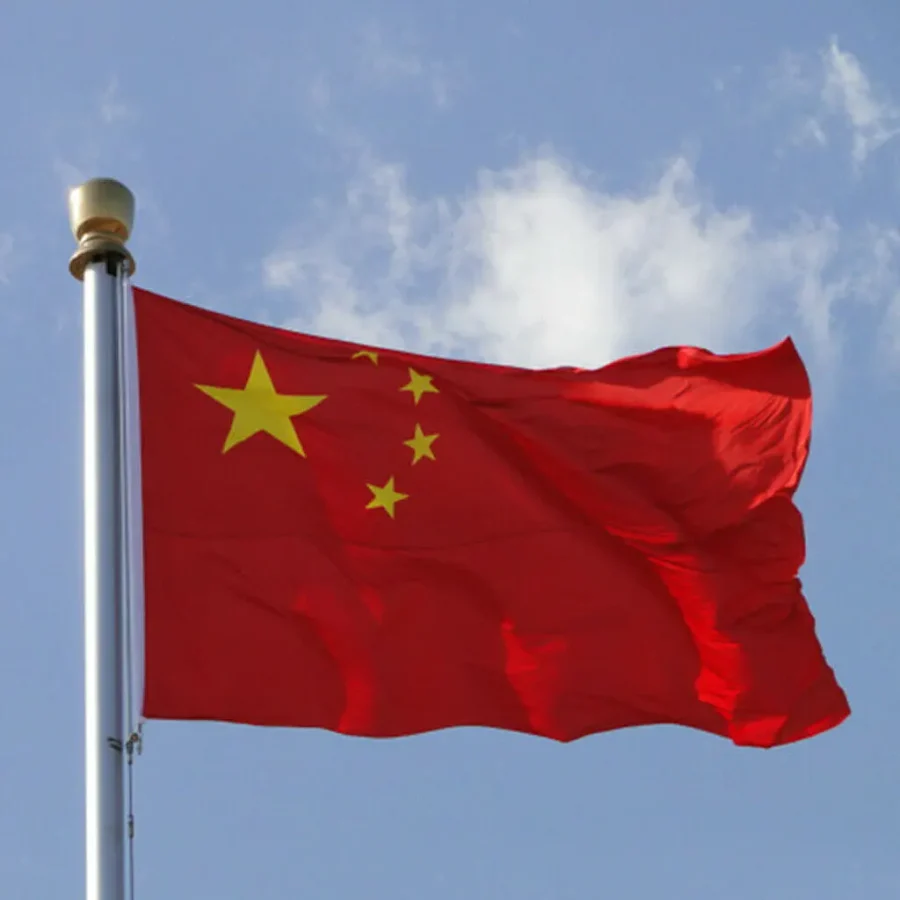China’s central bank continued to inject funds into the financial system through open market operations on Thursday.
The People’s Bank of China said on its website that it has conducted 73 billion yuan (about 10.6 billion U.S. dollars) of seven-day reverse repos at an interest rate of 2 percent.
The move is aimed at keeping liquidity reasonable and ample in the banking system, according to the central bank.
A reverse repo is a process in which the central bank purchases securities from commercial banks through bidding, with an agreement to sell them back in the future.— Xinhua










